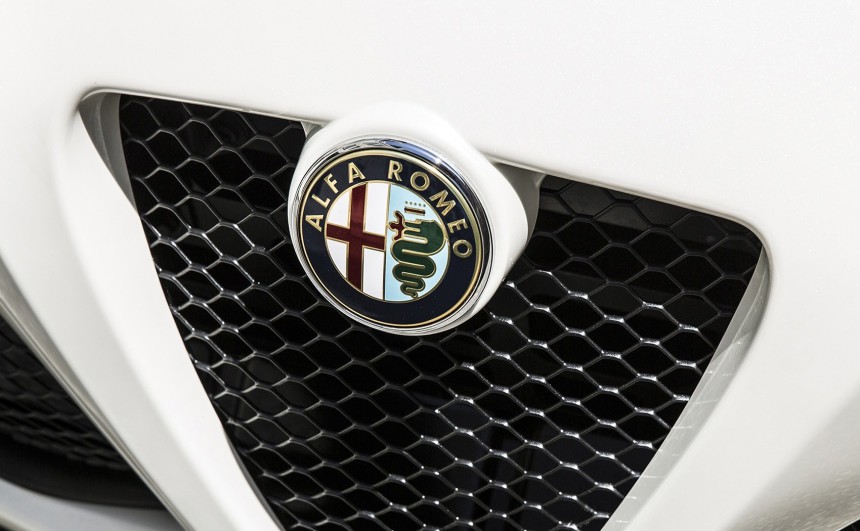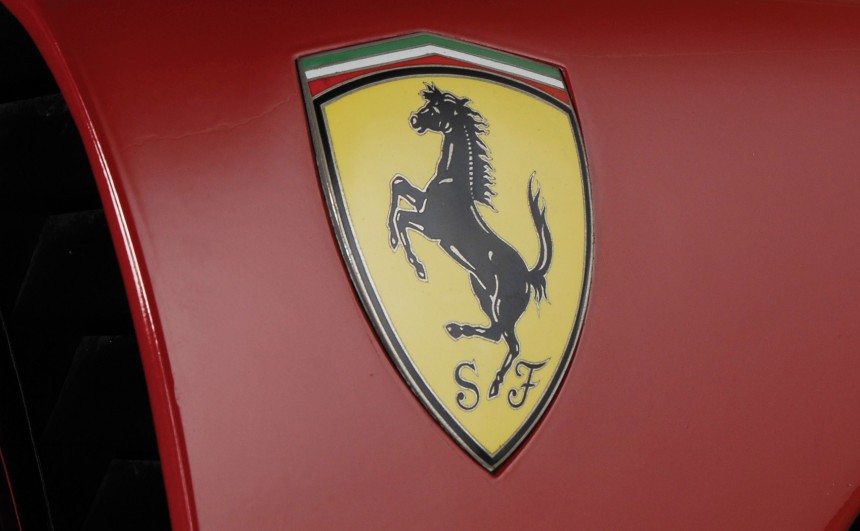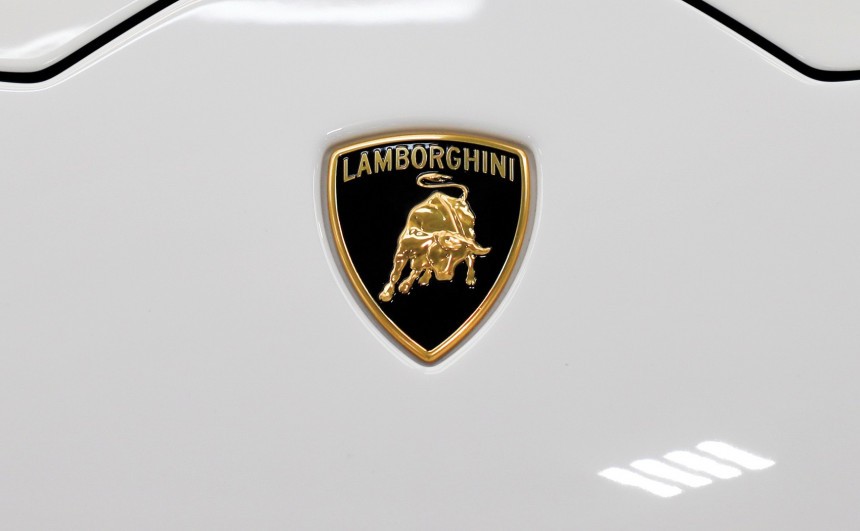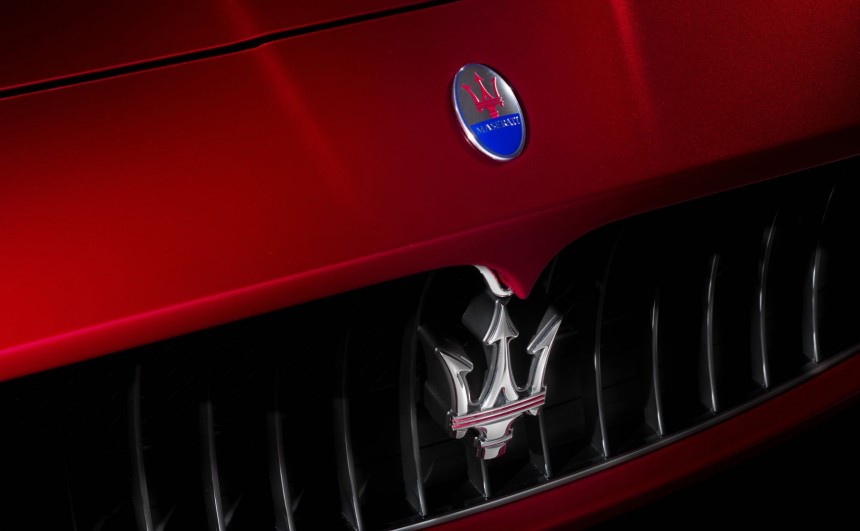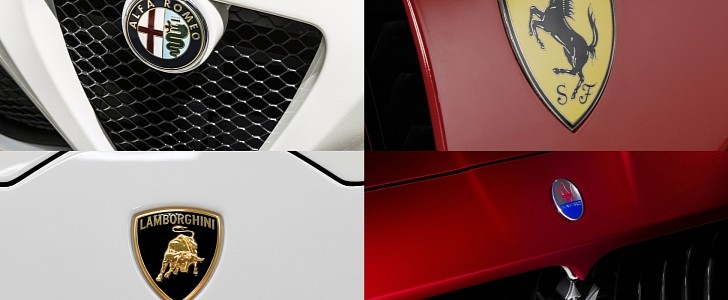
Photo: Alfa Romeo Automobiles S.p.A.; Automobili Lamborghini S.p.A.; Ferrari S.p.A.; Maserati S.p.A.
Germany gave us the first automobile, America revolutionized mass-production, but Italy is responsible for some of the most iconic sports cars of all time. Companies like Alfa-Romeo, Ferrari, Lamborghini, or Maserati have become household names for enthusiasts throughout the world and their logos are instantly recognizable. But have you ever wondered what is the story behind them?
In Italian, they call them ‘scudetti’ which translates to little shields, and they have been gracing the beautifully sculptured bodies of some of the most iconic cars of all time. Like the companies they represent, these logos also have a long and fascinating history, each symbolizing much more than just a brand.
In this article, we’ll take a look at the stories behind the Alfa-Romeo, Ferrari, Lamborghini, and Maserati badges to discover how they came into being.
The company’s history starts in 1906 when it was founded by French entrepreneur Alexandre Darracq with the help of several Italian investors. Four years later, it was renamed A.L.F.A. (Anonima Lombarda Fabbrica Automobili) and in 1915 mining engineer Nicola Romeo bought the business, rechristening it once again into Alfa-Romeo, a name that stuck to this day.
In 1910, designer Romano Cattaneo was commissioned to create a distinctive logo for the company and legend has it that he got inspired by a series of flags and crests decorating the Castello Sforzesco in Milan. One of them was the coat of arms of the noble Visconti family, a biscione (grass snake) consuming his mythical pray and the other was the coat of arms of the city of Milan, a red cross on white background.
Cattaneo took these two symbols of the city and combined them to form the logo which has become legendary. It suffered minor modifications throughout the years, but in large part, it employs the same design today.
Arguably the most famous logo in automotive history, the cavallino rampante (prancing horse) was used on an airplane long before it adorned the Maranello-built sports cars. It was painted on the side of the Spad XIII flown by Count Francesco Baracca, an Italian World War I fighter ace that was tragically killed in 1918.
According to Enzo Ferrari, he met the hero’s parents in 1923, and the mother, Countess Paolina personally asked him to use the symbol on his race cars. Ferrari kept the all-black design of the prancing horse and added a yellow background which is the color of Modena, Enzo’s hometown.
The logo first appeared on Alfa Romeo racecars that were operated by his Scuderia Ferrari and with subtle changes, it was subsequently used on both racing and road-legal machines built by Ferrari’s own company.
In the early 1960s, Ferruccio Lamborghini was one of the most prominent industrialists in Italy thanks to its flourishing company that manufactured tractors and helped revive the agricultural sector in the country after the Second World War.
He was also passionate about cars, mainly luxurious grand tourers, and owned a huge collection that included several Ferrari models. However, he grew dissatisfied with these vehicles, claiming that they were uncomfortable and required constant maintenance, so he created Automobili Lamborghini in 1963, aiming to build better sports cars.
Since his astrological sign was Taurus and his favorite pastime was watching Spanish bull-fighting, Lamborghini chose a raging bull that is rearing up and about to charge as the company logo. Moreover, some of the brand’s most famous models got their names from famous fighting bulls.
In 1914 Alfieri Maserati set up the Societá anonima officine Alfieri Maserati, a garage in Bologna where Isotta Fraschini cars were manufactured. Twelve years later, the first genuine Maserati car, the Tipo 26, was built, featuring the logo which characterized the manufacturer throughout its history: the trident.
It was designed by Mario Maserati, Alfieri’s brother who was more passionate about art rather than cars, under the suggestion of the marquis Diego de Sterlich, a family friend and financier of the company.
The main inspiration for the design came from Giambologna’s 1567 masterpiece, the Fontana del Nettuno in Bologna, a statue of Neptune holding an incredibly detailed trident. It was considered particularly suitable for the business since it represents power and royalty. With very subtle changes, the original logo is still in use today.
In this article, we’ll take a look at the stories behind the Alfa-Romeo, Ferrari, Lamborghini, and Maserati badges to discover how they came into being.
Alfa Romeo
In 1910, designer Romano Cattaneo was commissioned to create a distinctive logo for the company and legend has it that he got inspired by a series of flags and crests decorating the Castello Sforzesco in Milan. One of them was the coat of arms of the noble Visconti family, a biscione (grass snake) consuming his mythical pray and the other was the coat of arms of the city of Milan, a red cross on white background.
Cattaneo took these two symbols of the city and combined them to form the logo which has become legendary. It suffered minor modifications throughout the years, but in large part, it employs the same design today.
Ferrari
According to Enzo Ferrari, he met the hero’s parents in 1923, and the mother, Countess Paolina personally asked him to use the symbol on his race cars. Ferrari kept the all-black design of the prancing horse and added a yellow background which is the color of Modena, Enzo’s hometown.
The logo first appeared on Alfa Romeo racecars that were operated by his Scuderia Ferrari and with subtle changes, it was subsequently used on both racing and road-legal machines built by Ferrari’s own company.
Lamborghini
He was also passionate about cars, mainly luxurious grand tourers, and owned a huge collection that included several Ferrari models. However, he grew dissatisfied with these vehicles, claiming that they were uncomfortable and required constant maintenance, so he created Automobili Lamborghini in 1963, aiming to build better sports cars.
Since his astrological sign was Taurus and his favorite pastime was watching Spanish bull-fighting, Lamborghini chose a raging bull that is rearing up and about to charge as the company logo. Moreover, some of the brand’s most famous models got their names from famous fighting bulls.
Maserati
It was designed by Mario Maserati, Alfieri’s brother who was more passionate about art rather than cars, under the suggestion of the marquis Diego de Sterlich, a family friend and financier of the company.
The main inspiration for the design came from Giambologna’s 1567 masterpiece, the Fontana del Nettuno in Bologna, a statue of Neptune holding an incredibly detailed trident. It was considered particularly suitable for the business since it represents power and royalty. With very subtle changes, the original logo is still in use today.

















